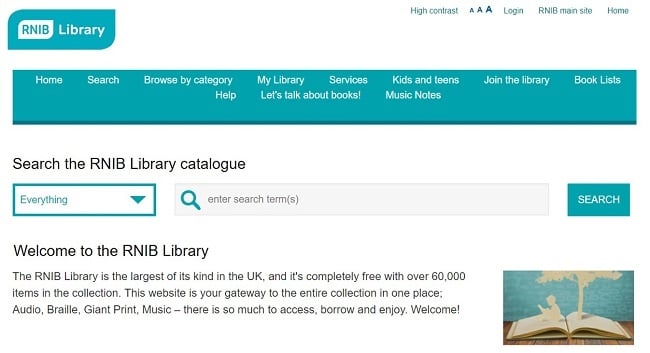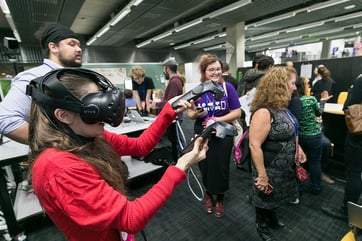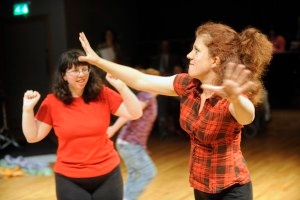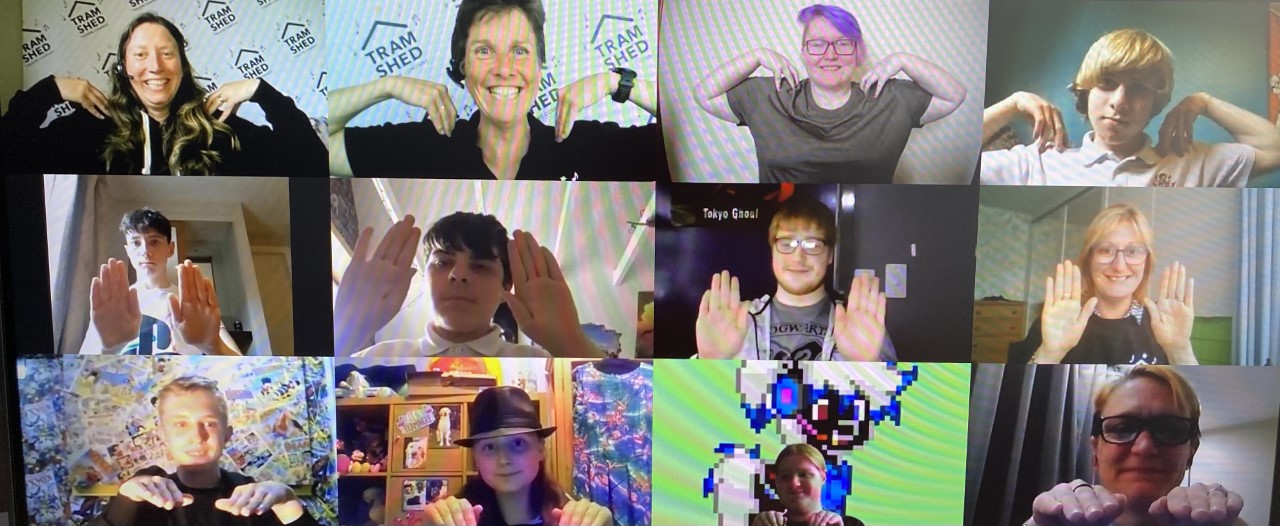
Accessibility & the Arts: access and inclusion initiatives across the country
BY: Alan Lynch
23 Apr 2018
The Arts should be accessible to everyone. It’s something we’re committed to at Arts Award but it’s important to mention that it’s not just us paving the way, many arts and cultural organisations across the country are working hard to provide opportunities for all. In this update we highlight some of the initiatives and support available to help promote access and inclusion in the arts.
What’s out there?
Books
The RNIB Library has a free collection of over 60,000 items in a variety of formats that can be accessed by readers with sight loss. This includes books in braille, large print and audio format, as well as offering support in choosing the right book for young readers, parents and teachers. The RNIB Library also boasts an impressive collection of accessible music content, including braille scores and Modified Stave Notiation (MSN).

Initiatives are also being driven by groups such as the Accessible Books Consortium to widen the availability of accessible books. The RNIB Library is benefitting from these initiatives and is a fantastic resource for any visually impaired readers.
Film
While film is a wildly popular art form trips to the cinema might not be appropriate or available for everyone. Fortunately digital distribution means that vast majority of films are available to stream without going anywhere. Meanwhile for educators, Into Film offer free resources designed to help young people explore themes and subjects found in specific films.
Recent years have also seen cinema chains taking steps to widen access to the latest releases, sites like Accessible Screenings UK let users search for screenings in their area that are audio described, subtitled, or autism friendly. Autism friendly screenings in particular are a relatively recent development, where adjustments have been made to create a welcoming environment for viewers with autism. Dimensions work with major chains across the UK to support these screenings, which provide adjustments including lights left on low, and the freedom to move about the room. Full details are available on the Dimensions website. Meanwhile, approximately 90% of UK cinemas accept the Cinema Exhibitors Association (CEA) Card, which allows holders to one free ticket for someone to accompany users who require support so they can provide any assistance needed.
Theatre
Like cinema, live theatre is another art form working on improving access. Unlike cinema, however, many theatres are listed buildings or were originally built long before access needs were a concern. Unfortunately, this limits the changes that can be made to accommodate facilities like disabled access. But progress has been made in recent years and is continuing. A Guide to Theatre Access pulled together research and evidence from a range of sources, notably the See a Voice project, with Arts Council England funding subsequent development work. The resource shares guidance, good practice and some practical advice on how specific departments can work to improve access.
Many theatres also offer performances that are captioned, BSL interpreted, audio described or relaxed. For instance, Access Scottish Theatre is a website dedicated to providing details of accessible performances across Scotland. While in 2017, charity VocalEyes produced this report on theatre access in the UK and lists theatres which score highly for their accessible services, broken down by region. You’ll also find links to websites which focus on various access areas. It’s a terrific resource for researching accessible performances or for starting work on developing your own organisation’s offer.

Looking to utilise new technology is another way that artists and arts organisations are broadening access. The Welsh National Opera has started to make use of virtual reality on the other hand artworks can now be viewed remotely thanks to websites like ArtUK or virtual tours such as those offered by the National Gallery.
Making your offer accessible
If you represent an arts organisation there is plenty of guidance available for making your offer accessible. On their resources page, Kids in Museums share a host of useful information including this excellent guide to accommodating families with a wheelchair user.
Advice is available from groups such as Shape Arts, Scope, Mind, StageTEXT and others – some of whom have contributed to the work mentioned in this post.
We understand that there are challenges to making the arts accessible. It’s one of the reasons we’re proud of the work we do to support organisations through the Access Fund, and therefore think it’s so important to shout about the opportunities that are available. This isn’t a comprehensive list covering just some of the art forms and resources out there, but we hope that it can inspire those of you seeking accessible routes into the arts.
Related posts
BY: Alan Lynch
BY: Guest Writer
BY: Alan Lynch




Comments & Replies